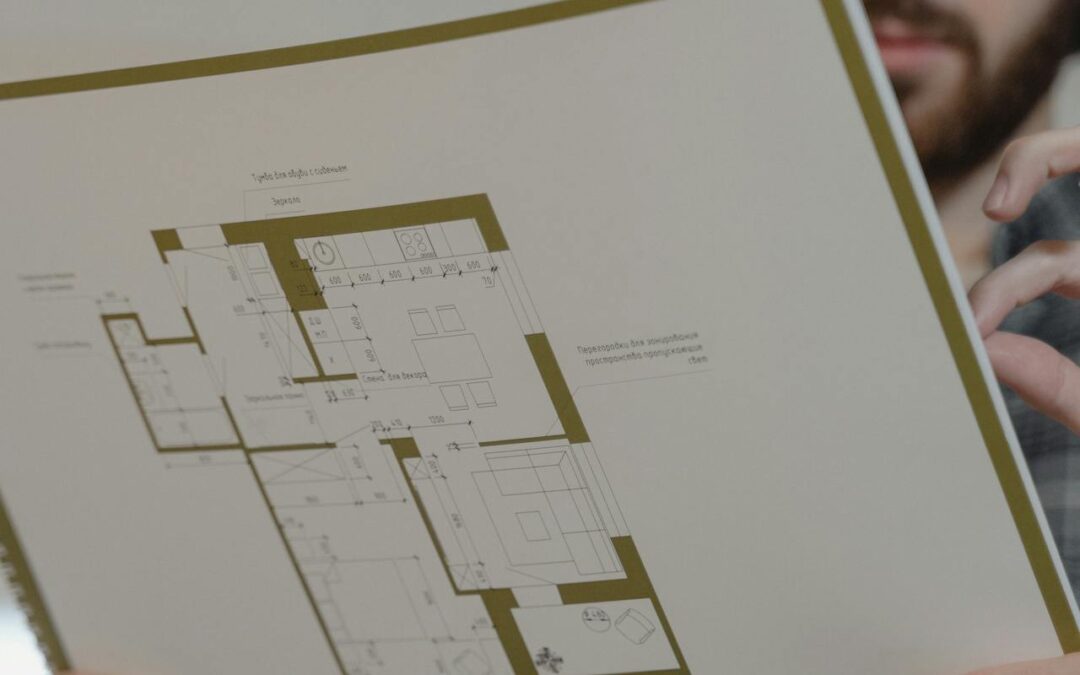The Blind Spot in Cost Control
Bouwdata
The Blind Spot in Cost Control
How a simple cost breakdown can improve collaboration between client and contractor
In traditional bill-of-quantities structures, some essential cost items remain underexposed. Many clients don’t understand what “indirect costs” actually entail, and architects often prefer to quietly pass the topic to the contractor. They typically have little insight into what site preparation and project coordination truly involve. If, during a tender, site setup is explicitly listed as separate line items rather than vague “to be confirmed” notes, that’s already a win.
The Netherlands has taken a very different approach for years. There, contractors don’t price a detailed bill of quantities written by the architect. Instead, they measure from drawings and specs themselves and use the MLPES: Materials, Labour, Plant & Equipment, Subcontracting. These are the basis of a quote, followed by tail-end markups. This breakdown is only introduced in Stage 4 (Technical Design), when technical systems dominate the language of the process. Since 2013, Dutch professionals have also used the NEN2699 with cluster B5 for General Site Costs from the earliest design stages.
BouwData adopted this structure early on, but it wasn’t until the first edition of whitepaper I in 2022 that public clients like the Agentschap Facilitair Bedrijf endorsed the approach. Since then, more public bodies have adopted the method — step by step, with every new edition of the whitepaper.
The authors of the whitepaper don’t advocate full transparency of internal business operations, but they do promote a clear division between: – the production cost: all resources needed to physically build the structure, including general and overhead costs, – and the general site costs (GSC): preparation, site setup, and project management, also including overhead and profit margins.
This split makes all the difference. Production costs are fairly similar across contractors: they buy from the same suppliers and subcontractors, and a worker from Contractor A won’t be miraculously faster than one from Contractor B. The added value lies in the organisation — the GSC — where a contractor can show how they plan to carry out the work and demonstrate their efficiency. And possibly how they can complete it faster than anticipated, should the client choose them.
For the client, this breakdown offers insight into complexity. A greenfield project is something else entirely compared to one in a dense historic city centre. By making GSC visible as a separate item, complexity can be assessed and managed — even before execution starts.
🎯 Practical tip
📌 Five steps to build an GSC structure as contractor or early-stage cost consultant:
1. Request wage data per role from accounting (incl. employer contributions and benefits). Think: project director, project manager, site supervisor, junior staff, admin support…
2. Determine the team needed for off-site preparation and how much time it will take. Use step 1 to calculate the total wage cost.
3. Do the same for on-site project management.
4. Calculate site setup costs: – initial (containers, utilities, signage, etc.) – monthly costs (rent, consumption, maintenance) – dismantling and cleanup Ideally, create an internal database to track these costs across projects.
5. Add overhead and margin: – Overhead is based on last year’s results and stays constant per project. – Profit depends on your market position: high if your books are full, lower if you’re chasing work or prestige. – Risk markup reflects project complexity. 👉 Not an exact science, but a usable framework that leaves room for estimation and dialogue. 3

The Four Assassins of Collaboration in Construction
BouwDataTwo forms of intelligence, one text This manifesto is the result of an unusual collaboration. Not between two people, but between two forms of intelligence: a human and an artificial intelligence. We write together, not in the classical relationship where the...

From NEN2699 to ICMS: how the BouwData accounting framework bridges local and international cost classifications
BouwdataIs your construction team active in Belgium, the Netherlands and internationally? Discover how the International Cost Management Standard fits into our standardisation work. Our local context In Belgium and the Netherlands, two standards provide the starting...

From Design Idea to Structured Information
Bouwdata Why RIBA Plan of Work and facet classification are essential for structure, collaboration and cost control Every strong design starts with a powerful idea. An architect translates the client’s ambition into a shape that touches, surprises, or soothes — and...
Ready to take your construction project to the next level?
BouwData ©
Fruithoflaan 122/91
B-2600 Berchem
+32 (0)498 91 98 96


